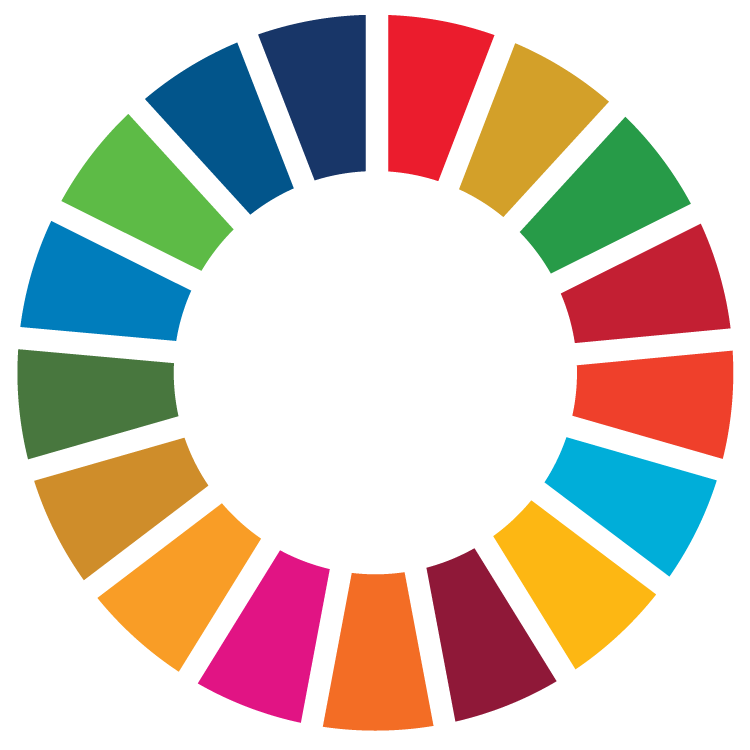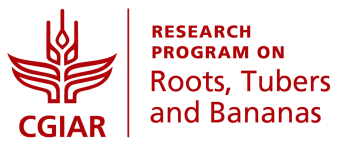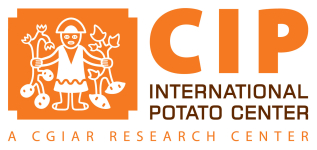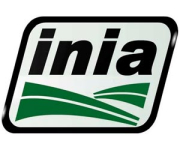Adoption of improved potato varieties in Peru by 62% of potato farmers
Published on: January 11, 2019, Submitted by Claudio Proietti on: September 5, 2018, Reporting year: 2017
Farmers growing improved varieties have benefited from higher yield and marketed a larger share of their output, earning higher incomes than comparable neighbors. Results indicate that the market is a good place to promote the adoption of new varieties.
Adoption of improved potato varieties in Peru by 62% of potato farmers
For more than 40 years CIP has worked with the potato breeding program of the National Institute of Agriculture Innovation (INIA) of Peru to develop new genetic material. Through this collaboration, 34 improved potato varieties have been released. Besides meeting market needs, these varieties have higher yields and lower production costs, increasing farmers’ income and reducing the environmental footprint through lower pesticide use.
A nationally representative households survey was conducted of 86% (275, 000 ha) of the total potato area in Peru. 1,098 potato producing households were interviewed between November 2012 and July 2013. The survey results showed that overall 62% of the potato cropped area is under improved varieties. This represents 202,676 farmers who have benefited.
The factors affecting adoption and disadoption of improved varieties were identified using Heckman Probit models. This showed that adoption is region specific, and occurs through social networks. Information acquired by selling potatoes in the market promotes adoption of improved potato varieties. Living near an experiment station increases the probability of adoption and reduces the likelihood of disadoption. Farmers living in very high vulnerable areas to natural disasters and food insecurity are less likely to adopt certain improved varieties but more likely to continue to use improved varieties once adopted.
Impacts of improved varieties adoption were estimated using Propensity Score Matching to control for endogeneity of the adoption decision with a treatment group of 290 farms and a control group of 193. This showed a net yield gain of 1.02 tonners/ha, an additional 2.71 tonnes of potato sold per farmer representing an additional revenue of USD 492.5 per farmer.
Stage of Maturity and Sphere of influence
-
Stage of Maturity: Stage 3
-
Contributions in sphere of influence:
Acknowledgement
This research was undertaken as part of the CGIAR Research Program on Roots, Tubers and Bananas (RTB).







